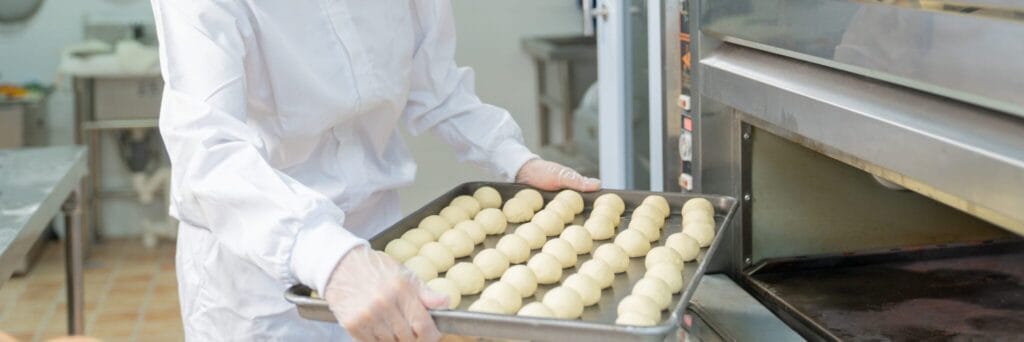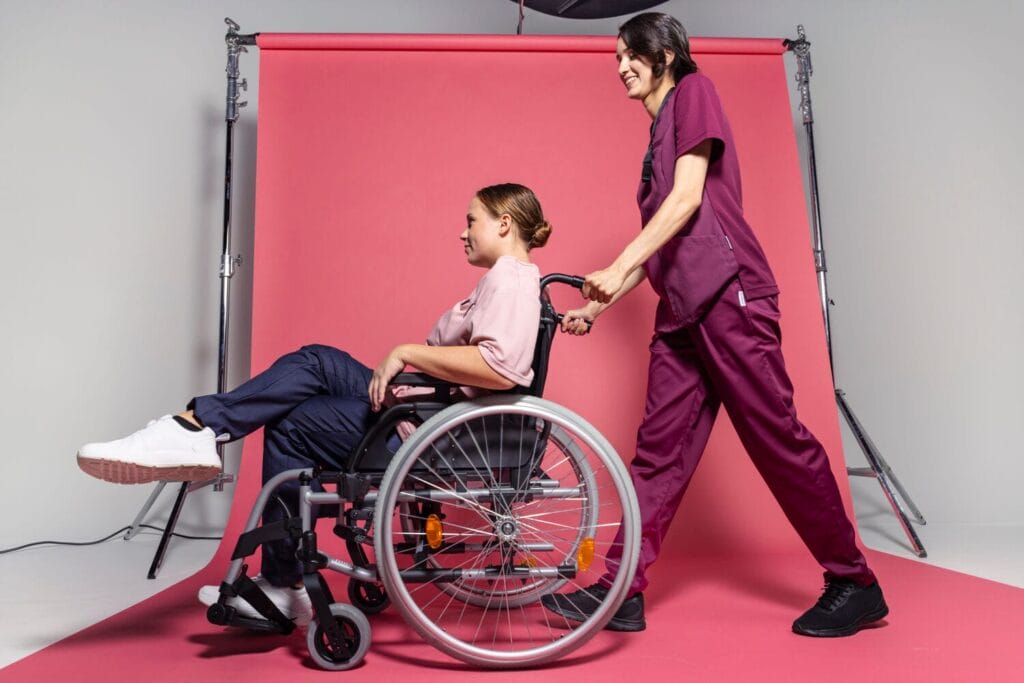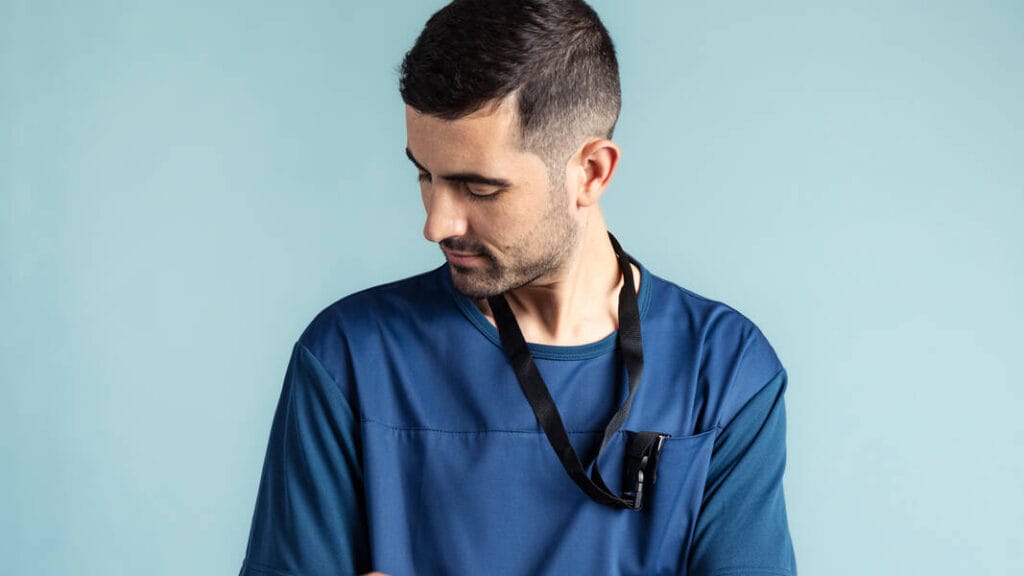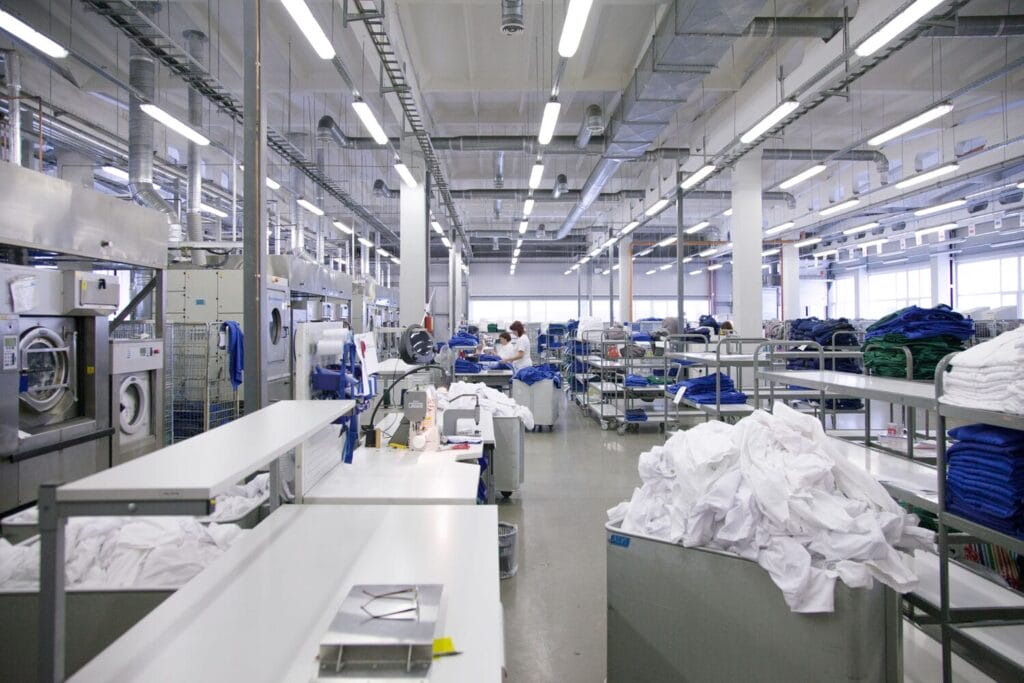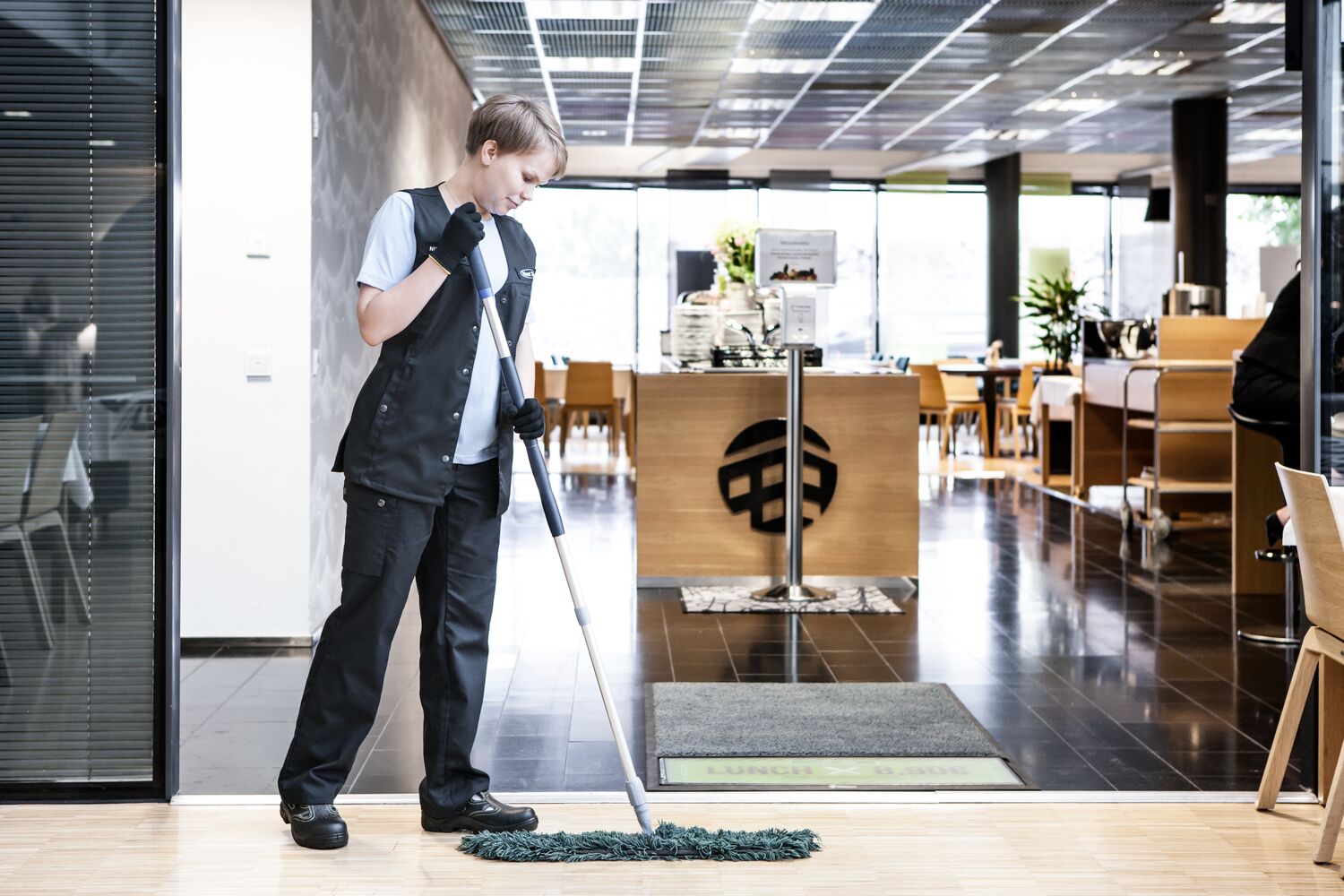
How medical mops support cleanliness in hospitals
When it comes to healthcare provision, cleaning procedures are one of the most critical things that must be done to preserve safety and prevent the contraction of infections. The significant advances achieved by medical mops have improved the control of sanitation procedures within hospitals. Let us investigate the benefits of these tools better and how they enhance the conditions of hospitals.
Need for hygiene to be upheld in hospitals
Cleaning staff in the hospitals plays a vital role in infection prevention. They are kept very busy for a long time, making sure that patient rooms, common areas, and other important areas are clean. Research from institutions like Avondale College of Higher Education and Australian Catholic University emphasizes these efforts. They report that patients relative to infected individuals in a room have a higher probability of exposure to the same germs, making it critical to enforce cleaning practices and ensure proper staff.
Cleaning procedures in healthcare-oriented spaces: a synopsis
Both these practices are, however, standardizing practices. Some existing works state that it is possible to clean surfaces with detergent or water only without adding additional risks of cross-contamination. Germs on the floors might be less of a concern than germs on contact surfaces, but cleanliness, particularly on floors, should not be neglected.
Features of medical mops for infection control
Conventional mop head laundering is very labor-intensive and limits resources through mop cleaning\sanitization, as it not only degrades the smoothness of microfibre but also reduces the effectiveness of cleaning. For cleaning mop heads, it is still acceptable that they can be laundered, but for medical mops, this is unacceptable. These assist in the cleaning process as they reduce the workload of the workers, and the areas that should be kept clean do not require large amounts of changing of the mops.
In addition to this, mops such as the Rubbermaid HYGEN Disposable Microfibre Mop Pads are designed to remove 99.99% of bacteria viruses with water only. This level of efficiency is very important to contain cross-contamination where patient confidentiality is critical, for instance, in a private hospital room.
Safety and productivity enhancement for workers
As the use of medical mops makes it unnecessary for cleaning personnel to fill or empty the mop buckets frequently, it makes the work of the cleaning personnel less laborious. This improves the output level while reducing the chances of being injured carrying heavy filled buckets.
The reasons for the success of Rubbermaid’s Microfibre Medical Mops
In view of the rising demand for disinfection activities within hospitals, it’s worth saying that additional tools such as Rubbermaid HYGEN Disposable Microfibre Mop Pads are a must. They claim to remove up to 99.9 tested viruses and bacteria with water only. Furthermore, they were able to eliminate 99.99 of human coronavirus OC43 from surfaces made of vinyl composition tile.
- Pulse Mops: These mops encourage the adoption of proper cleaning methods that do not require the use of excessive water and chemicals, thus making the cleaning more effective and environmentally friendly.
- Disposable Wet Mops: These mops are three times more effective than common mops designed for removing dirt or grease, however they have been modified to reduce linting and quat binding.
Ensuring safety in a hospital with medical mops
Medical mops are an excellent alternative for cleaning and controlling infection within healthcare facilities. These tools not only simplify the cleaning process but also provide colour-coding features that help in preventing cross-contamination. As hospitals continue to try to ensure the safety of the patients, their employees, and visitors, it becomes imperative that they follow suit and incorporate extra measures in cleaning, such as the use of medical mops.
